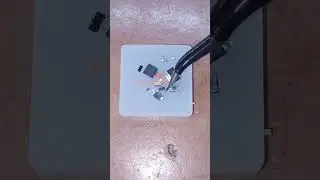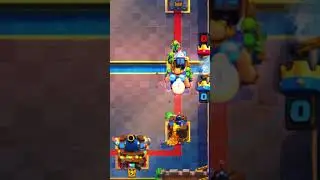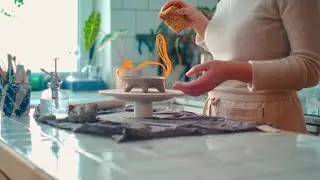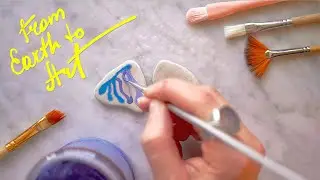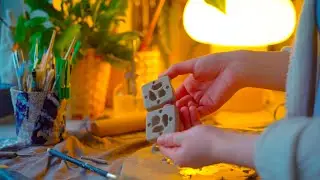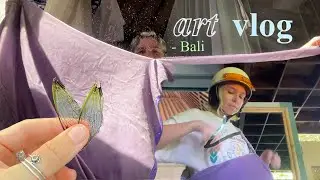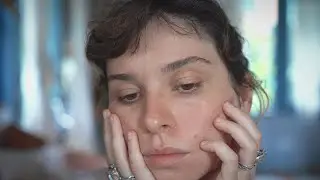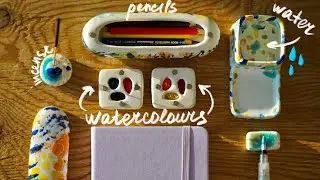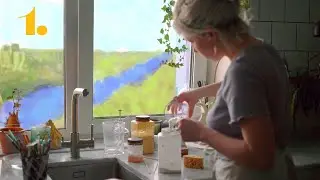Antique Inspired Ceramic Bead Necklace | 3D Printing & Pottery | OJO ceramics
Hello friends! 🌸
In this video, I'll take you through the entire process of transforming a 3D digitized bas-relief into a unique and exquisite necklace.
Using Blender, I manipulated the 3D object to create three different variations of beads, each depicting people from the bas-relief. I then printed these beads on a 3D printer and made a plaster mold for casting them in gypsum. Afterward, I covered each bead with glaze and fired them in a kiln to achieve their beautiful ceramic finish.
Finally, I used epoxy resin to attach a steel chain, creating a real necklace that resembles a Victorian choker. The end result is a one-of-a-kind piece of jewelry that combines ancient inspiration with modern craftsmanship, perfect for those who appreciate unique and artistic accessories.
Join me on this creative journey as I showcase the intricate process of blending 3D printing with pottery crafting to create a truly special ceramic bead necklace that captures the essence of antiquity.
https://sketchfab.com/3d-models/the-d...
The dance of the Muses on Helicon, Relief in marble, executed after 1844 by Georg Christian Freund, under the supervision of H.W. Bissen, after Throvaldsen´s original model from 1816.
Timecodes:
00:23 - 3d editing
01:00 - 3d printing
01:13 - plaster mold making
02:06 - clay sculpting
04:03 - glazing
05:19 - ceramic beads
06:09 - making jewelry
07:50 - beads and epoxy
08:50 - final look
09:42 - making alginate moles
10:57 - alginate mold and plaster beads
13:00 - my fail
In my Patreon you can find articles on how to identify and solve problems with glazes, how to look for inspiration in ceramics, how to promote your IG, how a kiln works and how to start a small business on instagram! (Tiny Ceramic Lovers Club 3$)
/ ojoceramics
My ceramic instagram / ojo.ceramics
My instagram / kateriada
#potteryathome #entireprocess #artwork





